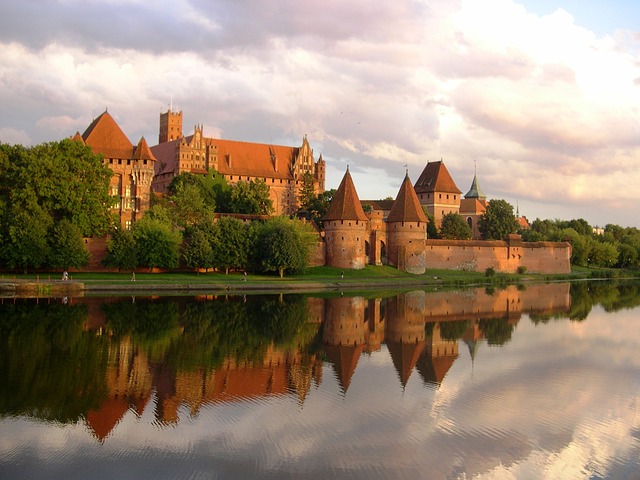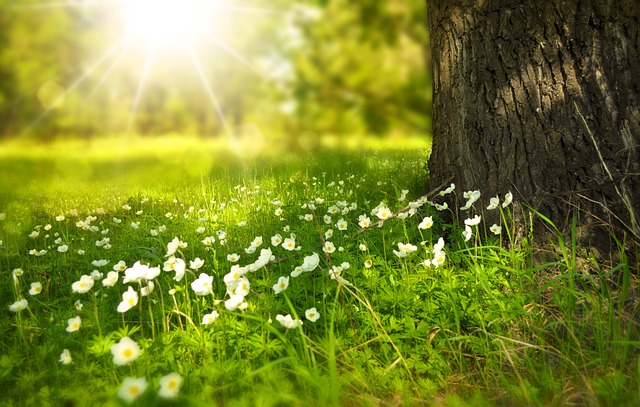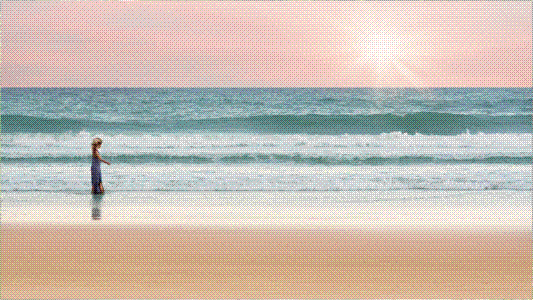Slow tourism has emerged as a compelling concept, capturing my attention during my recent visit to Poland in October 2023. Exploring regions such as the Mazurian Lake – a picturesque haven for nature lovers, Podlaskie region including Białowieża Forest which borders Belarus and Poland as well as the Tri-city in the north on the Baltic Coastline —Gdansk, Gdynia and Sopot, along with the Malbork Castle—I came to a profound realization.

In our quest for a fulfilling holiday experience, we often strive to maximize our activities within a limited time frame. Unfortunately, this pursuit often results in a hectic trip that leaves us mentally and, to some extent, physically exhausted. The key to truly savoring a holiday lies in incorporating an element of slow tourism, particularly towards the end of the trip—a practice I strongly advocate.
Consider, for example, a visit to Italy, exploring cities like Venice, Milan, Rome, Florence, and more. Before returning to your home country or next destination, it is essential to conclude the journey in a less touristy, less crowded location. This allows for a more leisurely absorption of local culture, providing a respite from the frenetic pace experienced in the preceding days. Whether you’re exploring the top tourist destinations like France, or opting for offbeat locations in the Baltics, Central or Eastern Europe, the Balkans or the Indo-China belt, even Japan or South Korea, such opportunities for unhurried experiences abound.

Looking ahead to 2024, the focus should be on embracing slow tourism. This approach ensures a holistic and enjoyable holiday experience, allowing for relaxation, rejuvenation, and the creation of lasting memories during a getaway of around 10 days to 2 weeks, with friends or family. Embrace the ethos of slow tourism — it is undeniably the way forward for those seeking a more profound connection with their travel destinations.

